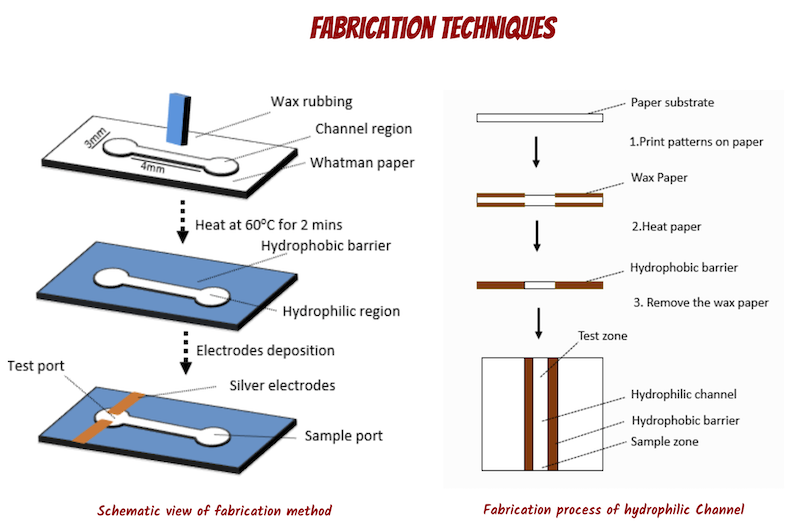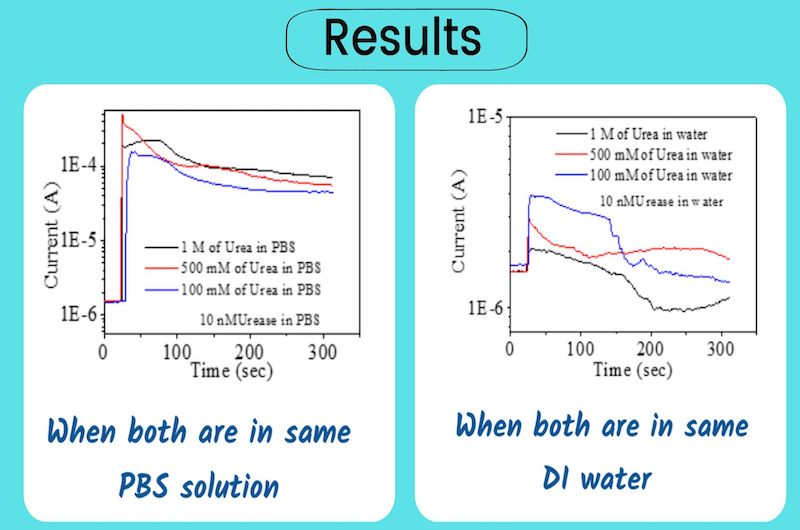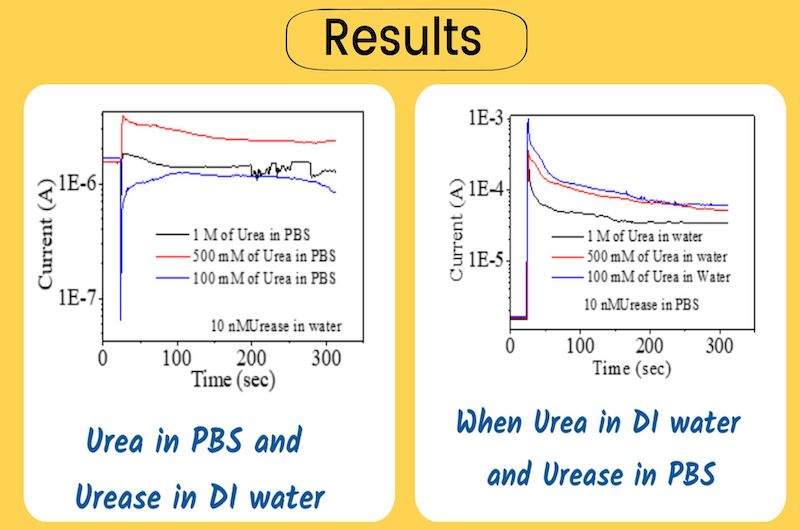Project Fellow
IIT Guwahati, Assam
Worked in the research group of Prof. Parmeshwar Krishnan Iyer Sir in the centre for Nanotechnology, IIT Guwahati.
Enzymes Chemotaxis on Paper-based Microfluidic Platform
This project is sponsored by Shastri Research Grant, IIT Gandhinagar, Gujarat.IIT Guwahati Assam
Abstract
Chemotaxis is particularly the movement of biological species in response to the chemical reaction.Enzyme is the react with the substrate and make enzyme-substrate complex and gives products. In presence of enzyme the reaction rate increases, So basically, it acts as a catalyst in reactions. Enzymes are very specific, it can react only one type of substrate. Enzyme movement is increases from low to high concentrations of substrate. It has also shown, when there is a substrate in the path than suddenly the deflection in path of enzyme goes towards to substrate, but if there is no substrate is present then there is no deflection in the path of enzyme and it reaction rate is also slow rather than enzyme reacts with substrate. Since paper-based sensor technology is the vibrant technique nowadays to make disease diagnostic devices. although PDMS based platform is already in existence but paper is very compatible with the biochemicals or chemicals and it is made up of pure cellulose.
The main thing is we do not require external sources to flow the sample in the paper-based platform, Sample flows using capillary action. So our goal is to sense the enzyme-substrate kinetics on the paper- based microfluidic platform and convert it to as long term and non invasive disease diagnostic or point of care devices. It can be converted as disposable, easy to use, robust and affordable type of devices. Since the cost of these types of devices are very low and we do not require large amount of sample volume.
- Date : 26.05.2018
- My Designation : Research Fellow
- Duration :Three Months
- Institute : IIT Guwahati, Assam
Supervisor- Prof. Parameswar K. Iyer
"Department of Chemistry & Centre for Nanotechnology" Indian Institute of Technology, GuwahatiWe use Whatman filter paper grade1 and wax paper to make a paper-based microfluidic channel. We first decided the channel length and width on filter paper, then we take a wax paper of the same length as channel length and sand-witch the filter paper by wax paper except for channel region. The use of wax paper is to make a hydrophobic barrier to fluidic flow through a hydrophilic channel. We fix this wax paper covered NCM channel into glass slides then heated on a magnetic heater at 150 C for 120 seconds.Wax will melt on filter paper and fill the pores of it and creates a hydrophobic barriers surrounding the hydrophilic channel.Hydrophobic region avoids the fluidic flow to cross its barrier because pores are filled with wax and fluid can flow in the hydrophilic region.
For Fabrication Technique , very basic phenomens and concept is uded. The schematic diagram is given above.
The Schematic diagram is plotted for the experimental values that we found.
We have designed and developed a paper based microfludic platform for detection of enzyme chemotaxis.
It is very inexpensive and materials are easily available to make this device.This has a quicker fabrication technique and needs very low sample volume.
We have successfully demonstrated paper based microfluidic platform to record the reaction kinetics of Urea-Urease enzyme chemotaxis reaction.
When Urea in water and Urease in PBS the reaction kinetics tentatively following the exponential decay curve in the saturation reason whereas when Urea in PBS and Urease in water no deflection was observed in the saturation region.
This is one of the low-cost platform presented till now which successfully sensing Urea-Urease chemotaxis.
This platform is very easy to fabricated and very compatible with other biological species and can also be used in future to determine other enzyme chemotaxis kinetics.






